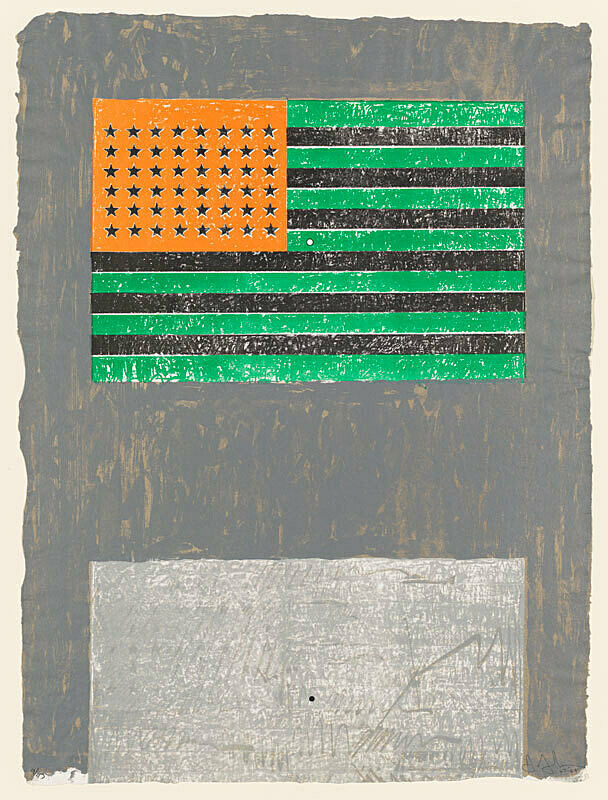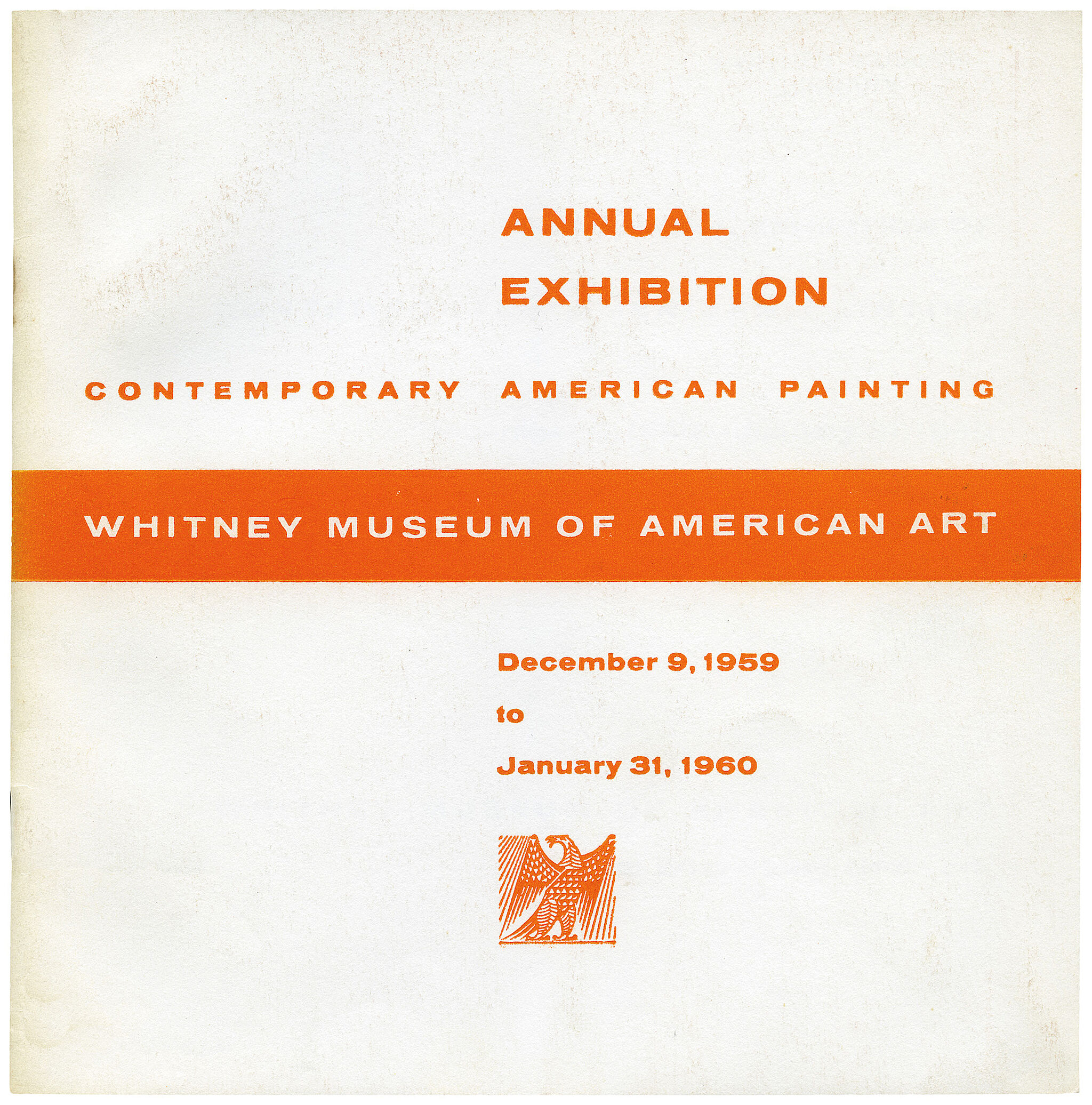George Segal
1924–2000
George Segal began his career as a figurative painter, but by 1958 he started to work his figures in three dimensions, bringing them off the canvas and into the space of life. In 1961 he began experimenting with a new type of medical bandage meant for setting bones, which he dipped into wet plaster and wrapped onto live models. After removing the dried bandage molds, Segal was left with hollow, life- sized white sculptural forms, which he soon began integrating into architectural scenes to create tableaux with scavenged materials. Later, around 1970, he began to fill the molds with plaster or bronze, creating figures whose surfaces preserved the rough bandage textures.
Although in select ensembles Segal referenced historic and politically charged events, including the Holocaust and the civil rights movement, he primarily chose subjects drawn from daily life. In Walk, Don’t Walk three anonymous figures stand on a concrete sidewalk. They are positioned in close proximity to one another but do not interact. In observing city dwellers prior to making this sculpture, Segal noted how “people moving around seem to be in some kind of hypnotic dream state. They seem to be programmed.” The ghostly bodies of Segal’s sculptural figures seem momentarily frozen, instinctively negotiating this typical urban scene. Segal became intrigued with the craftsmanship and monumentality of New York’s street signs in preparing this work, and the device here is a functioning example. It faces outward, implicating viewers in the narrative of the scene: they momentarily become pedestrians across the street from the sculpted figures, also waiting for the light to change.
Introduction
George Segal (November 26, 1924 – June 9, 2000) was an American painter and sculptor associated with the pop art movement. He was presented with the United States National Medal of Arts in 1999.
Wikidata identifier
Q703624
Information from Wikipedia, made available under the Creative Commons Attribution-ShareAlike License . Accessed January 2, 2026.
Introduction
American sculptor best known for his life-size sculptures of human figures set in environments. Although he began as a figurative painter in the late 1950's along with artists such as Allan Kaprow and George Brecht, he turned to sculpture in order to explore the human figure as it relates to actual space and its surroundings. Segal's early work is often treated within the framework of Pop Art, because of the reference to the individual's position within mass culture and the examination of the relationship between fine and popular art. Later his work reflected social concerns. These works consist of plaster molds cast from living models in order to capture life like gestures, placed in environmental tableaux, which lock them in time. Although most of his figures remain white, in his later work he began painting them in vivid colors.
Roles
Artist, painter, photographer, sculptor
ULAN identifier
500032575
Names
George Segal, ג׳ורג׳ סיגל
Information from the Getty Research Institute's Union List of Artist Names ® (ULAN), made available under the ODC Attribution License. Accessed January 2, 2026.








